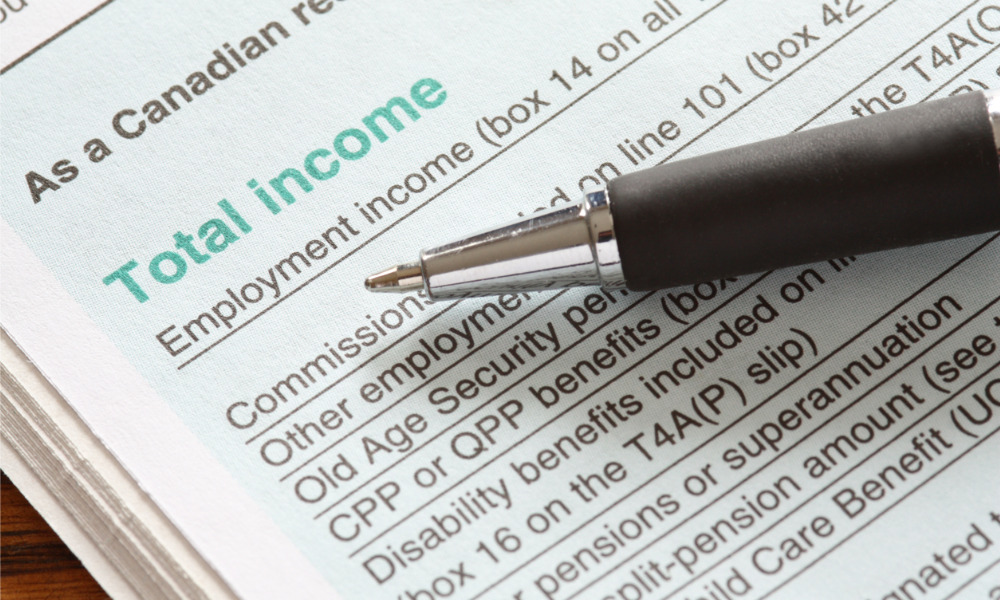More than 300 announcements have involved payroll since pandemic began

This year end, much like this year, will be an experience like never before. HR and payroll professionals are facing serious challenges reconciling all the shocks, business fluctuations, and regulatory changes their organizations have been subjected to through this pandemic.
As of now, there’s a count of over 300 announcements that could potentially impact employers across Canada as they go through their year-end process. In the face of these challenges, how can payroll and HR professionals get ahead of the curve?
“Consider what you have to do ordinarily for year end, and then layer on top of it all of those legislative changes and announcements that took place,” says Steven Van Alstine, vice president of education at the Canadian Payroll Association (CPA). “It puts a lot of additional pressure on organizations to make sure they're navigating it to make sure they're not missing anything to make sure they're meeting their legislative compliance obligation.”
Despite the fact that not everybody applied for the Canada Emergency Response Benefit (CERB), employers have an obligation to do the reporting that will ensure CERB went only to those people that needed it, he says. It’s on payroll professionals to find out if anyone was being paid CERB while still making an income from work.
Temporary layoffs, too, raise issues around records of employment (ROEs). The difficulties of removing an employee from the payroll, and then re-adding them later in the year, will be heightened by reporting requirements and the volume by which employers laid off and re-hired employees this year.
In the face of this change, Van Alstine and the CPA education team have been keeping their members abreast of any and all changes.
“We’ve been literally notifying our members on a weekly basis of the level of change that was taking place,” he says.
Now there is a repository of “late breaking news” — an amalgamation of federal and provincial changes that affect employers so payroll and HR professionals can keep up to date. The portal is designed for easy navigation and quick, digestible bites for HR leaders.
One of the goals of these education efforts is avoiding easy mistakes. The easiest errors will come on T4 forms, simply because so many changes have taken place over the past year, says Van Alstine. It’s crucial for employers that operated normally through the pandemic, without any temporary layoffs or pay cuts, to still adhere to the new reporting requirements in the T4.
It’s Van Alstine’s job to monitor these changes and possible pitfalls, and communicate them out to HR and payroll professionals. The Canadian Payroll Association workers to ensure that HR and payroll professionals know the direct implications of any and all changes that they may be subject to.
The Canada Emergency Wage Subsidy (CEWS), he says, created a raft of navigation challenges in terms of how exactly an organization would go about qualifying for it. He and his education team explored the intricacies of that program and created Q&A documents they shared with CPA members, providing a huge leg up to payroll professionals in the process.
It’s small pieces of key information like that, packaged well and understood easily, that will make a difference between a manageable and a brutal year end process for HR and payroll professionals, he says.
“The biggest thing will be keeping on top of that information, whether it be from our organization or other HR organizations,” says Van Alstine. “You need to be keeping on top of those, reading those, making sure you're familiar with those elements that are going to be particular to your payroll.”




